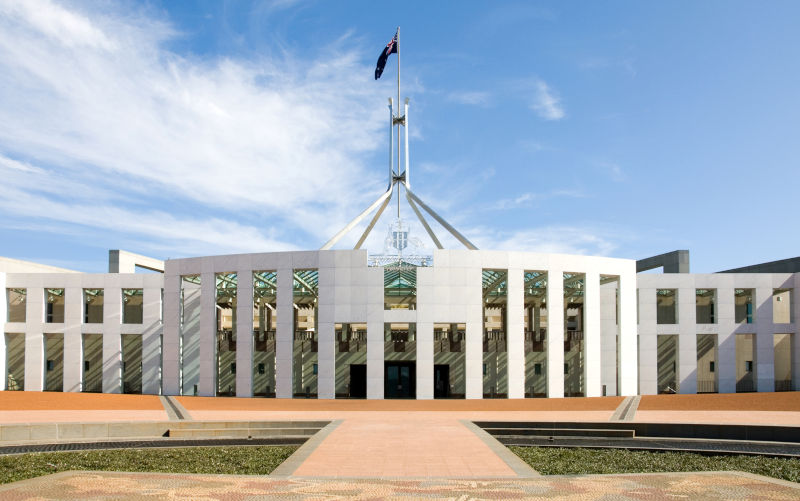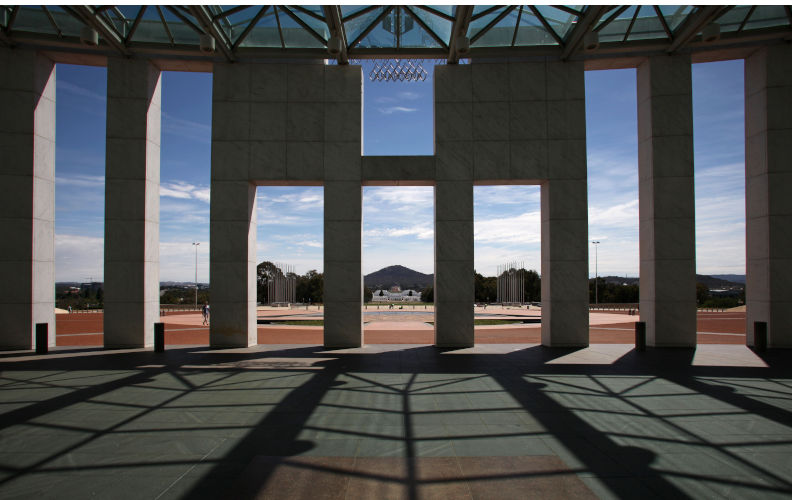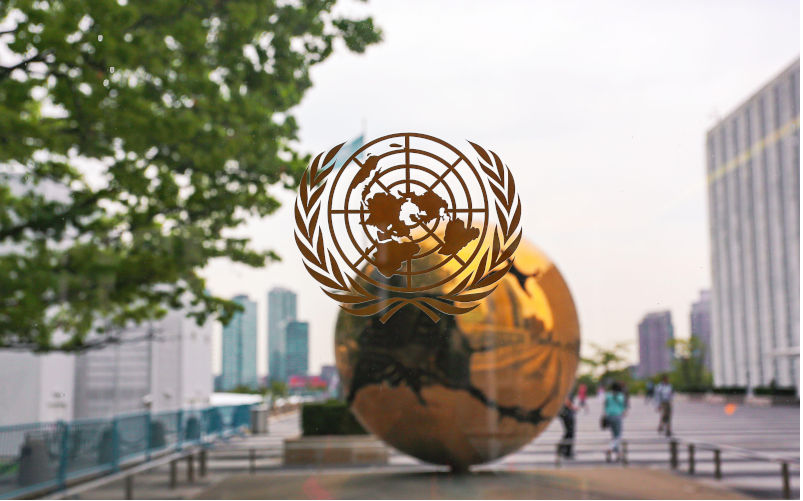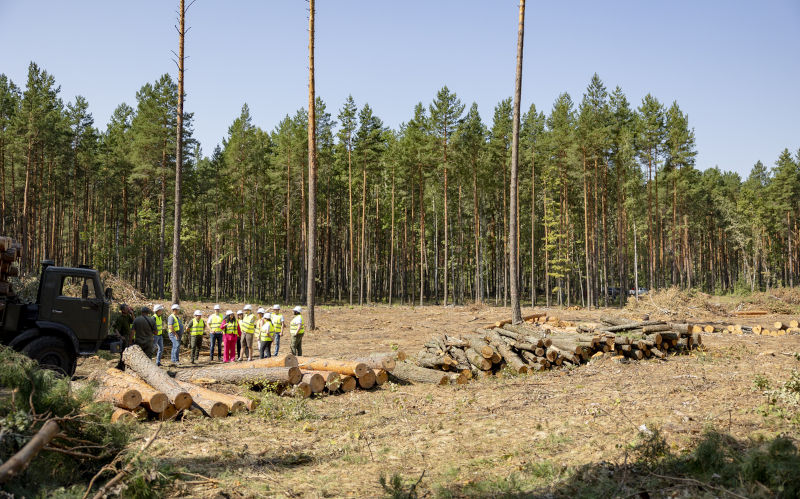
Pearlcasts
As we review 2025, the temptation is to look for neat summaries and settled conclusions.
Go to Pearlcasts
9 January 2026
Minister for Home Affairs Tony Burke should reject a visa application for Israeli President Herzog
Australia’s visa laws allow exclusion on grounds of character and incitement of discord. Those tests raise serious questions about whether Israel’s president should be welcomed while the killing in Gaza continues.

9 January 2026
Best of 2025 - Recognition of the Palestinian State without halting the genocide: A meaningless decision
Since the occurrence of the war in October 2023, which shocked the conscience of the world, bringing the Palestinian question back to the forefront of international attention, much more legitimacy has accrued to the rights of the Palestinians.

9 January 2026
Avoiding false conclusions
In the aftermath of the Bondi attack, explanations have been offered quickly and with strong moral force. Misidentifying the causes of violence, however, risks obscuring political responsibility and undermining efforts to reduce future harm.

9 January 2026
Best of 2025 - The poisonous chalice of recognition: A double-edged sword for Palestine
While we should not regard it as a “historical moment” or a “game changer”, the recognition does have the potential to help Palestinians lead us into a different future.

9 January 2026
Best of 2025 - More Boomers are choosing not to retire. Why? They don’t want to
As the great bulge of babies born after World War II has moved through their life course, the world has changed to suit them and their needs.

9 January 2026
Best of 2025 - Koalas, carbon credits and the fine print of conservation
We congratulate the NSW Government for establishing the Great Koala National Park, which will protect a nationally significant koala population.

9 January 2026
Best of 2025 - Disengaging from the dangerous alliance
When, in the course of close — some would say politically intimate — relations between allies, the dominant partner demands that the subordinate partner betray its democratic principles as a cost of receiving favourable treatment, the time has come to terminate the relationship. Such is now the state of the Australia-US alliance.

9 January 2026
Best of 2025 - Hamas is better than us
This headline could get me jail time if, as reported, the New Zealand Government is planning to take the same authoritarian turn that the UK has sunk to with its proscription of Palestine Action. It would represent another dangerous conflation of protest with terrorism.

9 January 2026
Best of 2025 - Don’t mistake truth for hate, prime minister
Anthony Albanese says Palestinian children are taught to hate. My daughter’s first trip home proves otherwise.

9 January 2026
Best of 2025 - Government is planning hardship for older Australians living at home
Aged care has again been in the media for all the wrong reasons. Two failures are attracting particular attention.

9 January 2026
Best of 2025 - How important is an Albanese-Trump meeting?
Trump’s record suggests that meetings with him frequently fail. Instead, Albanese has an important agenda to pursue at the UN in New York, and when dealing with the US better outcomes are more likely if Australia develops its own policies in its own interests.
Read our series
Latest on Palestine and Israel

9 January 2026
Best of 2025 - Recognition of the Palestinian State without halting the genocide: A meaningless decision
Since the occurrence of the war in October 2023, which shocked the conscience of the world, bringing the Palestinian question back to the forefront of international attention, much more legitimacy has accrued to the rights of the Palestinians.

9 January 2026
Best of 2025 - The poisonous chalice of recognition: A double-edged sword for Palestine
While we should not regard it as a “historical moment” or a “game changer”, the recognition does have the potential to help Palestinians lead us into a different future.

9 January 2026
Best of 2025 - Don’t mistake truth for hate, prime minister
Anthony Albanese says Palestinian children are taught to hate. My daughter’s first trip home proves otherwise.

9 January 2026
Best of 2025 - Ex-bishop questions if Coalition is committed to Mideast peace
Former Anglican bishop of Canberra Goulburn, George Browning, has criticised federal Opposition leader Sussan Ley over a letter she sent to members of the Republican Party who had written to Australian Prime Minister Anthony Albanese, attempting to stop him from recognising a Palestinian state at the UN this week.

8 January 2026
Best of 2025 - Genocide betrays the living and the dead
Genocide scholars Damir Mitric and Jill Klein have deep personal and professional experience in genocide and repercussions across generations. As the world watches in horror as the genocide in Gaza continues, they bring us their story.

7 January 2026
Best of 2025 - The Liberal Party and Israel
The Liberal Party is correct in claiming Australia’s relations with Israel are at their lowest point ever. The real questions to be asked are: who is responsible, and how much does it matter?

7 January 2026
Best of 2025 - Best of 2025 - Who is a terrorist?
Since 7 October 2023 there has been a growth of the use of the allegation of terrorism for propaganda purposes.

6 January 2026
Bondi, Christchurch and what a Royal Commission can – and can’t – do
After four ideologically driven attacks in six years, Australia is again asking how to respond. The Christchurch Royal Commission offers a nearby example of how inquiry, grief and prevention can be approached.

Israel's war against Gaza
Media coverage of the war in Gaza since October 2023 has spread a series of lies propagated by Israel and the United States. This publication presents information, analysis, clarification, views and perspectives largely unavailable in mainstream media in Australia and elsewhere.
Download the PDFLatest on China

7 January 2026
Best of 2025 - If we want to win the Pacific, we must first listen – and stop blaming China for everything
A 9 September editorial in The Sydney Morning Herald, titled China and Australia in a high-speed race to win control of the Pacific, offered a vivid picture of the daily contest for influence in the region.

6 January 2026
Best of 2025 - Who’s afraid of big, bad China?
Be afraid, be very afraid. But not of China. To the contrary, the proper management of co-operative relations with China is essential to Australia’s future.

5 January 2026
Best of 2025 - Australia is one trade deal away from backing authoritarians, says Taiwan
In the grand tradition of diplomatic overreach, Taiwan's deputy foreign minister recently offered some sweet and spicy talking points to our media: semiconductors are tanks, China is akin to WWII Germany, and if Australia doesn't fast-track Taiwan into the CPTPP, we might all wake up speaking Mandarin under a fascist AI regime, as reported by News Corp and 7 News.

Support our independent media with your donation
Pearls and Irritations leads the way in raising and analysing vital issues often neglected in mainstream media. Your contribution supports our independence and quality commentary on matters importance to Australia and our region.
DonateMore from Pearls and Irritations
Latest letters to the editor
The people and the common good
Chris Young — Surrey Hills, Vic
Can we discuss degrowth without the ideology?
Jenny Goldie — Cooma NSW
Getting submarines, or funding the US to get them
Les Macdonald — Balmain NSW 2041
Vast educational inequality
Les Macdonald — Balmain NSW 2041









